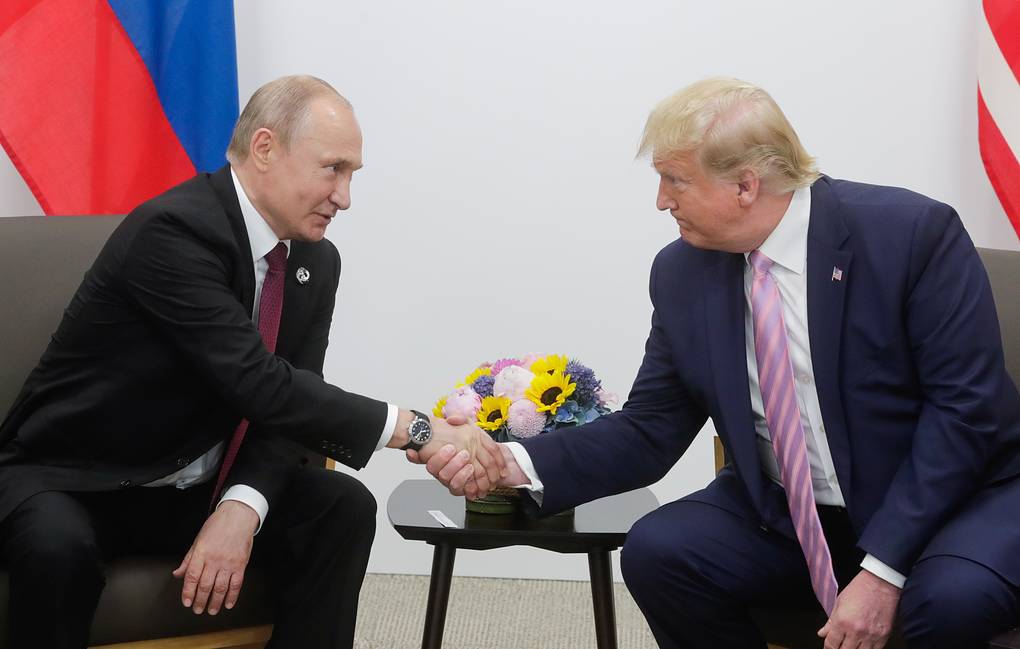- President Trump meets Vladimir Putin in Anchorage on Friday to test a path to a ceasefire in the Russia–Ukraine war.
- He put the odds of failure at 25% and called the negotiation “a chess game,” with a second meeting envisioned to include President Zelenskyy.
- EU leaders back a diplomatic push but insist: no border changes by force, no deal without Ukraine, and talks only with a real ceasefire or reduced hostilities.
The Big Picture
On the eve of the Alaska summit, President Trump framed his meeting with Vladimir Putin as “like a chess game” and estimated a 25% chance it could fail during an interview on the Brian Kilmeade Show. He has signaled that a productive first round would set up a second session that brings Ukraine’s President Volodymyr Zelenskyy into the room. That sequencing keeps Kyiv central while testing Moscow’s seriousness.
What’s New
European Union leaders issued a joint statement on Aug. 12 welcoming a diplomatic push to end the war while laying down firm conditions. Any settlement must uphold Ukraine’s independence, sovereignty, and territorial integrity, and borders cannot be changed by force. The statement also stressed that the path to peace “cannot be decided without Ukraine” and that negotiations only make sense with a ceasefire or a reduction of hostilities, according to the European Council.
What They’re Saying
Context
The EU paired principles with posture: red lines rooted in international law, sustained aid across the board, and readiness to support future security guarantees in line with member states’ defense policies and interests. The bloc also reaffirmed support for Ukraine’s path toward EU membership. For a full rundown of the conditions and language, see Virginia Times’ coverage of the statement here. In parallel, Trump has warned that Russia would face “very severe consequences” if it resists a ceasefire—keeping pressure high as talks open in Anchorage.
What’s Next
The EU says meaningful diplomacy depends on a demonstrable lull in fighting. Zelenskyy has cautioned that Russian troop movements point to preparations for new offensive operations, arguing that unity and pressure must hold if Moscow refuses to halt attacks. If the Anchorage session stalls, Washington should not wait for a second summit to reset incentives.
- Turn the sanctions screws—especially on revenue lifelines. Tighten price-cap enforcement and expand secondary sanctions on intermediaries moving Russian oil and refined products.
- Choke the war machine’s bottlenecks. List key microelectronics, machine tools, bearings, and propellant inputs; penalize banks that facilitate defense procurement.
- Surge air defense and precision strike enablers to Ukraine. Deliver interceptors, counter-drone systems, and munitions tied to measurable battlefield effects with a public delivery timeline.
- Raise the external cost of aggression. Coordinate cyber-sanctions for state-backed intrusions and add rotational air and naval deployments along NATO’s northern flank.
- Keep a narrow diplomatic lane. Maintain technical talks on prisoner exchanges, nuclear risk reduction, and shipping corridors to prevent miscalculation.
- Message discipline. One line from Washington and key allies: verifiable steps—reduced shelling, withdrawal from defined zones—are the price of any further talks.
The Bottom Line
Europe is backing Trump’s peace effort—but on Kyiv’s terms: no deal without Ukraine’s consent, no border changes by force, and no talks without a genuine pause in the war. If Anchorage yields more posture than progress, the U.S. should immediately tighten economic pressure, quicken support to Ukraine, and lock in allied unity. That mix turns a short-term setback into long-term leverage when the principals meet again—with Kyiv at the table.
A global media for the latest news, entertainment, music fashion, and more.















